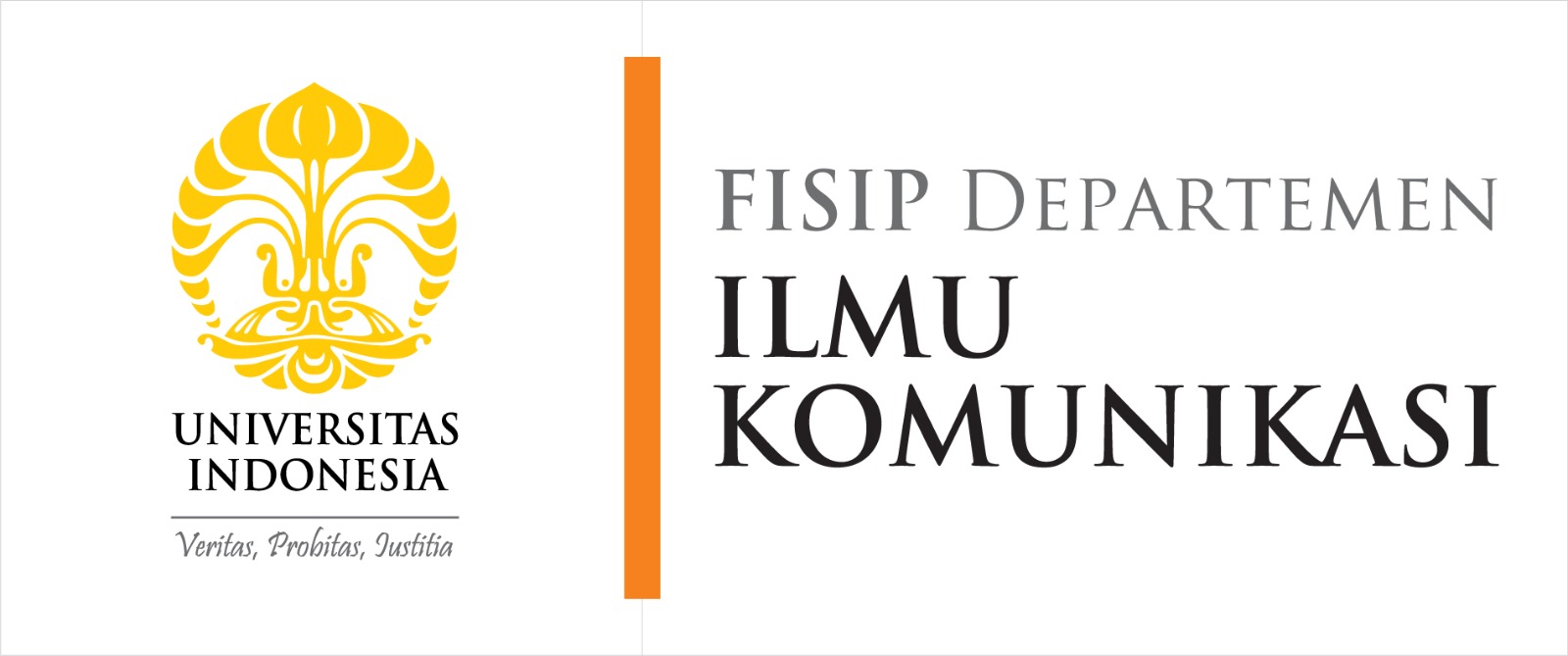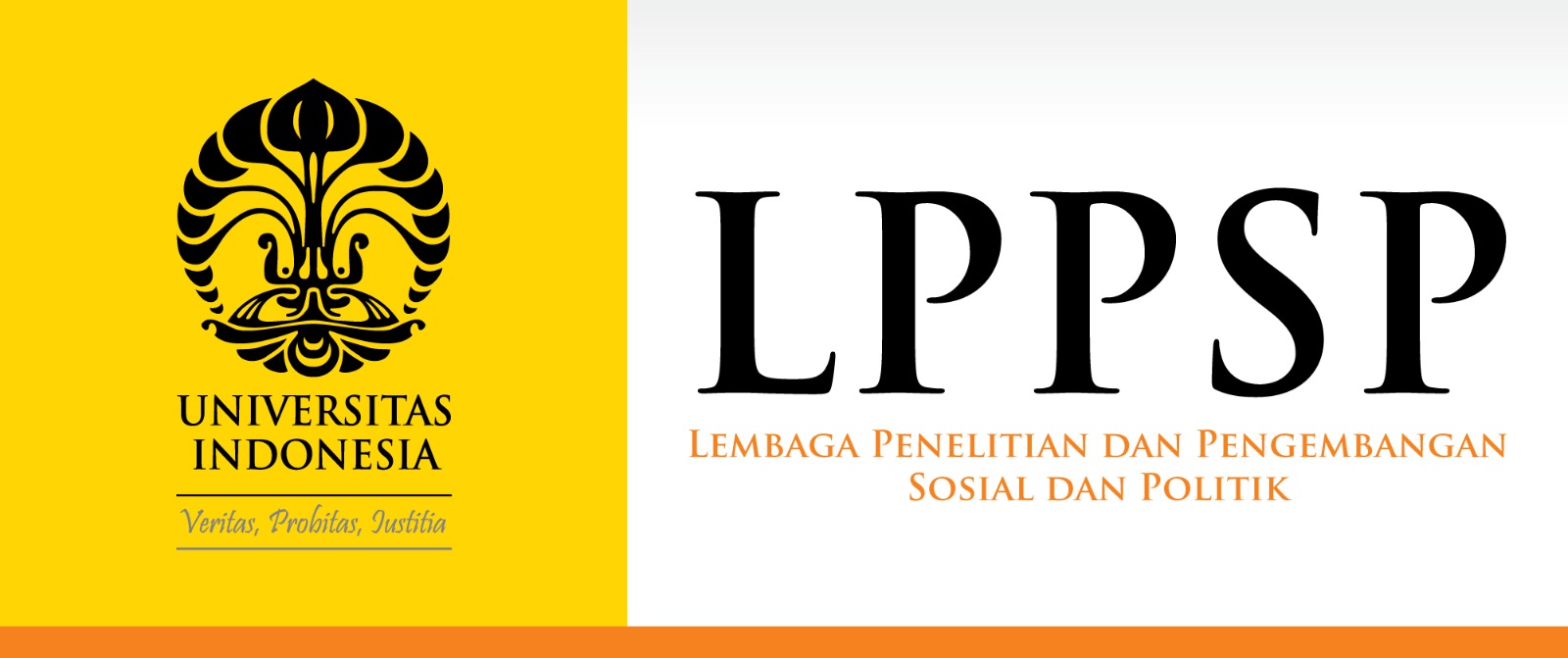JURNAL KOMUNIKASI INDONESIA
Abstract
COVID-19 has forced the world to change. Indonesian government, like the rest of the global community, promptly responded to the soaring transmission rate by launching an app to cater the Indonesians’ need for information. COVID19 GO.ID was launched on March 20, 2020, adding to previous chatbots built by WHO and afterwards followed by GOV UK. Using casestudies method and comparing it to the four unique affordances of chatbot, this study wasconducted to com pare the three chatbots, and thus achieve a valuable information to improve Indonesia’s chatbot under the Media Richness Theory. Indonesian government chatbot needs to add more engaging and informative topics. The availability of shareable graphics and videos would add richness to the chatbot, as well topics that provide information on myth buster or hoax revelation, mental health support and how people can donate to the society.
COVID-19 telah memaksa dunia berubah. Pemerintah Indonesia, seperti komunitas global lainnya, segera merespon tingginya angka penularan dengan meluncurkan sebuah aplikasi untuk menjawab kebutuhan informasi masyarakat Indonesia. COVID19 GO.ID diluncurkan pada20 Maret 2020, menambah daftar chatbot yang telah dibangun oleh WHO, dan kemudian diikutioleh GOV UK. Dengan menggunakan metode studi kasus dan membandingkannya dengan empat kemampuan chatbot, kajian ini dimaksudkan untuk membandingkan ketiga chatbot tersebut dan menghasilkan informasi berharga untuk memperbaiki chatbot pemerintah Indonesia menggunakan Teori Kekayaan Media. Chatbot pemerintah Indonesia perlu menambahkan topik yang lebih melibatkan masyarakat dan lebih informatif. Ketersediaanmedia infografis dan video yang mudah didesiminasikan akan menambahkan kekayaan terhadap chatbot, begitu pula topik yang membahas mitos atau mengupas tentang hoaks, dukungan kesehatan mental dan bagaimana masyarakat dapat berdonasi.
References
Abdul-Kader, S. A & Woods, J. (2015). Survey on chatbot design techniques in speech conversation systems. International Journal of Advanced Computer Science and Applications, 6(7), 72-80. https://thesai.org/Downloads/Volume6No7/Paper_12-Survey_on_Chatbot_Design_Techniques_in_Speech_Conversation_Systems.pdf
Andrews, J. (April 28, 2020). Buenos Aires uses WhatsApp to Assist COVID-19 Response. Cities Today. https://cities-today.com/buenos-aires-uses-whatsapp-to-assist-covid-19-response/
Androutsopoulou, A., Karacapidilis, N., Loukis, E., & Charalabidis, Y. (2019). Transforming the communication between citizens and government through AI-guided chatbots. Government Information Quarterly, 36(2), 358-367
Baškarada, S. (2014). Qualitative case study guidelines. The Qualitative Report, 19(40), 1-25
Bradley, D. T., McFarland, M., & Clarke, M. (2016). The effectiveness of disaster risk communication: A systematic review of intervention studies. In G. B. Kapur, S. Bezek, & J. Dyal (Eds.), Effective communication during disasters (pp. 81-120). Apple Academic Press.
Brown, D. (December 5, 2019). Facebook’s Crisis Response Tools Get Extended to WhatsApp. USA Today. https://www.usatoday.com/story/tech/2019/12/05/facebook-extends-crisis-response-tools-whatsapp/2617318001/
Comfort, L. K. (1994). Risk and resilience: inter-organizational learning following the Northridge earthquake of 17 January 1994. Journal of Contingencies and Crises Management, 2(3), 157-170.
Daft, R.L., & Lengel, R. H. (1986). Organizational information requirements, media richness and structural design. Management Science, 32(5), 554-571.
Dahiya, M. (2017). A tool for conversation: Chatbot. International Journal of Computer Sciences and Engineering, 5(5), 158-161.
Depoux, A., Martin, S., Karafillakis, E., Preet, R., Wilder-Smith, A., & Larson, H. (2020). The pandemic of social media panic travels faster that the COVID-19 outbreak. Journal of Travel Medicine, 27(3), 1-2.
Drift. (2018). The 2018 State of Chatbots Report: How Chatbots Are Reshaping Online Experience. USA.
Ehnis, C., & Bunker, D. (2012). Social media in disaster response: Queensland police service-public engagement during the 2011 floods. Proceedings of the 23rd Australasian Conference on Information Systems, 1-10.
Flatboat. (January 20, 2018). How Chatbots are Beneficial to Government Agencies. Chatbots Magazine. https://chatbotsmagazine.com/how-chatbots-are-beneficial-to-government-agencies-6e21052e3ba4
Glik, D. C. (2007). Risk communication for public health emergencies. Annual Review of Public Health, 28, 33-54.
GOV.UK. (2020). Work and Financial Support. Gov.uk. https://www.gov.uk/coronavirus/worker-support
Gunawan, S. H., & Salamah, U. (2018). Social media buzzer as a form of digital campaign practice. 2nd Indonesia International Graduate Conference on Communication Proceeding.
Hofeditz, L., Ehnis, C., Bunker, D., Brachten, F., & Stieglitz, S. (2019). Meaningful use of social bots? Possible applications in crisis communication during disasters. In Proceedings of the 27th European Conference on Information Systems (ECIS), Stockholm & Uppsala, Sweden, June 8-14, 2019. ISBN 978-1-7336325-0-8
Ishii, K., Lyons, M. M., & Carr, S. A. (2019). Revisiting media richness theory for today and future. Human Behavior and Emerging Technologies, 1(2), 124–131. https://doi.org/10.1002/hbe2.138
Jakarta Smart City. (2020). Kasus COVID-19 Jakarta. corona.jakarta.go.id. https://corona.jakarta.go.id/id
Johnston, M. P. (2014). Secondary data analysis: A method of which the time has come. Qualitative and Quantitative Methods in Libraries, 3(3), 619-626.
Kawai, T., Kambara, H., Matsumura, K., Noma, H., Sugiyama, O., Shimoto, M., Ohtsuru, S., & Kuroda, T. (2018). Design and Implementation of a Social Networiking Service- Based Application for Supporting Disaster Medical Assistance Teams. In Y. W. Chen, S. Tanaka, R. Howlett, & L. Jain (Eds.). Innovation in Medicine and Healthcare 2017. KES-InMed 2018 2017. Smart Innovation, Systems and Technologies: Vol. 71. Springer. https://doi.org/10.1007/978-3-319-59397-5_18
Kominfo. (March 19, 2020a). Dukungan layanan prima telekomunikasi dan penyiaran untuk atasi COVID-19. Kominfo.go.id. https://kominfo.go.id/index.php/content/detail/25203/siaran-pers-no-46hmkominfo032020-tentang-dukungan-layanan-prima-telekomunikasi-dan-penyiaran-untuk-atasi-covid-19/0/siaran_pers
Kominfo. (March 24, 2020b). Inilah fitur layanan whatsapp chatbot COVID19.go.id. Kominfo.go.id. https://kominfo.go.id/content/detail/25317/inilah-fitur-layanan-whatsapp-chatbot-covid19goid/0/berita_satker
Kominfo. (April 18, 2020c). Kominfo: Penyebar Hoaks COVID-19 Diancam Sanksi Kurungan dan Denda 1 Miliar. Kominfo.go.id. https://kominfo.go.id/content/detail/25923/kominfo-penyebar-hoaks-covid-19-diancam-sanksi-kurungan-dan-denda-1-miliar/0/virus_corona
Kwak, H. (2012). Self-disclosure in online media: An active audience perspective. International Journal of Advertising, 31(3), 485–510. https://doi.org/10.2501/IJA-31-3-485-510
Lodhia, S. K. (2006). The world wide web and its potential for corporate environmental communication: A study into present practices in the Australian minerals industry. The International Journal of Digital Accounting Research, 6(11), 65-94.
Lucas, G. M., Gratch, J., King, A. Morency, L. (2014). It’s only a computer: Virtual humans increase willingness to disclose. Computers in Human Behavior, 37, 94–100
Mak, W. W. S., Cheung, F., Woo, J., Lee, D., Li, P., Chan, K. S., & Tam, C. M. (2009). A comparative study of the stigma associated with infectious diseases (SARS. AIDS, TB). Hong Kong Medical Journal, 15(6), 34–37.
Maniou, T. A., & Veglis, A. (2020). Employing a chatbot for new dissemination during crisis: Design, implementation and evaluation. Future Internet, 12(7), 109.
Mehr, H. (2017). Artificial Intelligence for Citizen Services and Government. Harvard Kennedy School. https://ash.harvard.edu/publications/artificial-intelligence-citizen-services-and-government#
Microsoft in Business Team. (July 14, 2017). How the City of LA Serves Citizens with Chip the Chatbot. Microsoft. https://cloudblogs.microsoft.com/industry-blog/microsoft-in-business/government/2017/07/14/how-the-city-of-la-serves-citizens-with-chip-the-chatbot/
Miner, A. S., Laranjo, L., Kocaballi, A. B. (2020). Chatbots in the fight against the COVID-19 pandemic. npj Digital Medicine, 3(65), 1-4.
National Health Service. (February 3, 2020). Coronavirus public information campaign launched across the UK. NHS England. https://www.england.nhs.uk/london/2020/02/03/coronavirus-public-information-campaign-launched-across-the-uk/?filter-keyword=&filter-category=news
OECD. (2016). Trends in Risk Communication Policies and Practices. OECD Reviews of Risk Management Policies, OECD Publishing, Paris http://dx.doi.org/10.1787/9789264260467-en
Potts, L. (2014). Social Media in Disaster Response: How Experience Architects Can Build for Participation. Routledge.
Rodsawang, C., Thongkliang, P., Intawong, T., Sonong, A., Thitiwatthana, Y., & Chottanapund S. (2020). Designing a competent chatbot to counter the COVID-19 pandemic and empower risk communication in an emergency response system. Outbreak, Surveillance, Investigation & Response (OSIR) Journal, 13(2), 71-77.
Rosenthal, U. & Kouzmin, A. (1997). Crises and crisis management: toward comprehensive government decision making. Journal of Public Administration Research and Theory, 7(2), 277-304.
Russel, S., & Norvig, P. (2009). Artificial Intelligence: A Modern Approach (3rd ed.) Apprentice Hall.
Satgas Penanganan COVID-19. (May 28, 2020). Data Sebaran. Covid19.go.id. https://covid19.go.id/
Shawar, B., & Atwell, E. (2015). Alice Chatbot: Trials and Outputs. Computation y Sistemas, 19(4), 625-632. DOI: 10.13053/CyS-19-4-2326
Setyorini, D., & Irwansyah. (2018). Managing social media activist as a crisis management strategy. 2nd Indonesia International Graduate Conference on Communication (Indo-IGCC) Proceeding.
Tuong-Minh, L. (2015). Government crisis assessment and reputation management: a case study of the Vietnam health minister’s crisis in 2013-2014. KOME- An International Journal in Pure Communication Inquiry, 3(1), 32-46.
Vosoughi, S., Roy, D., & Aral, S. (2018). The spread of true and false news online. Science, 359(6380), 1146-1151.
Walwema, J. (2020). The WHO health alert: Communicating a global pandemic with WhatsApp. Journal of Business and Technical Communication, 35(1), 35-40.
WHO. (January 30, 2020). Public health emergency of international concern declared. WHO. https://www.who.int/emergencies/diseases/novel-coronavirus-2019
Xiang, Y., Yang, Y., Li, W., Zhang, L., Zhang, Q., Cheung, T., & Ng, C. H. (2020). Timely mental health care for the 2019 novel coronavirus outbreak is urgently needed. Lancet Psychiatry, 7(3), 228-229.
Za, S., & Braccini A.M. (2012). Designing 3D virtual world platforms for e-learning services. New frontiers of organizational training. In M. Snene (Ed.), Exploring Services Science. IESS 2012. Lecture Notes in Business Information Processing: Vol. 103. (pp 284-296). Springer, Berlin, Heidelberg. https://doi.org/10.1007/978-3-642-28227-0_21
Zadrozny, W., Budzikowska, M., Chai, J., & Kambhatla, N., Levesque, S., & Nicolov, N. (2000). Natural language dialogue for personalized interaction. Communications of the ACM. https://doi.org/10.1145/345124.345164
Recommended Citation
Untari, Ika Meilani
(2020)
"Chatbots and Government Communications in Covid-19 Pandemic,"
JURNAL KOMUNIKASI INDONESIA: Vol. 9:
No.
2, Article 6.
DOI: 10.7454/jki.v9i2.12772
Available at:
https://scholarhub.ui.ac.id/jkmi/vol9/iss2/6
Included in
Gender, Race, Sexuality, and Ethnicity in Communication Commons, International and Intercultural Communication Commons, Social Influence and Political Communication Commons




